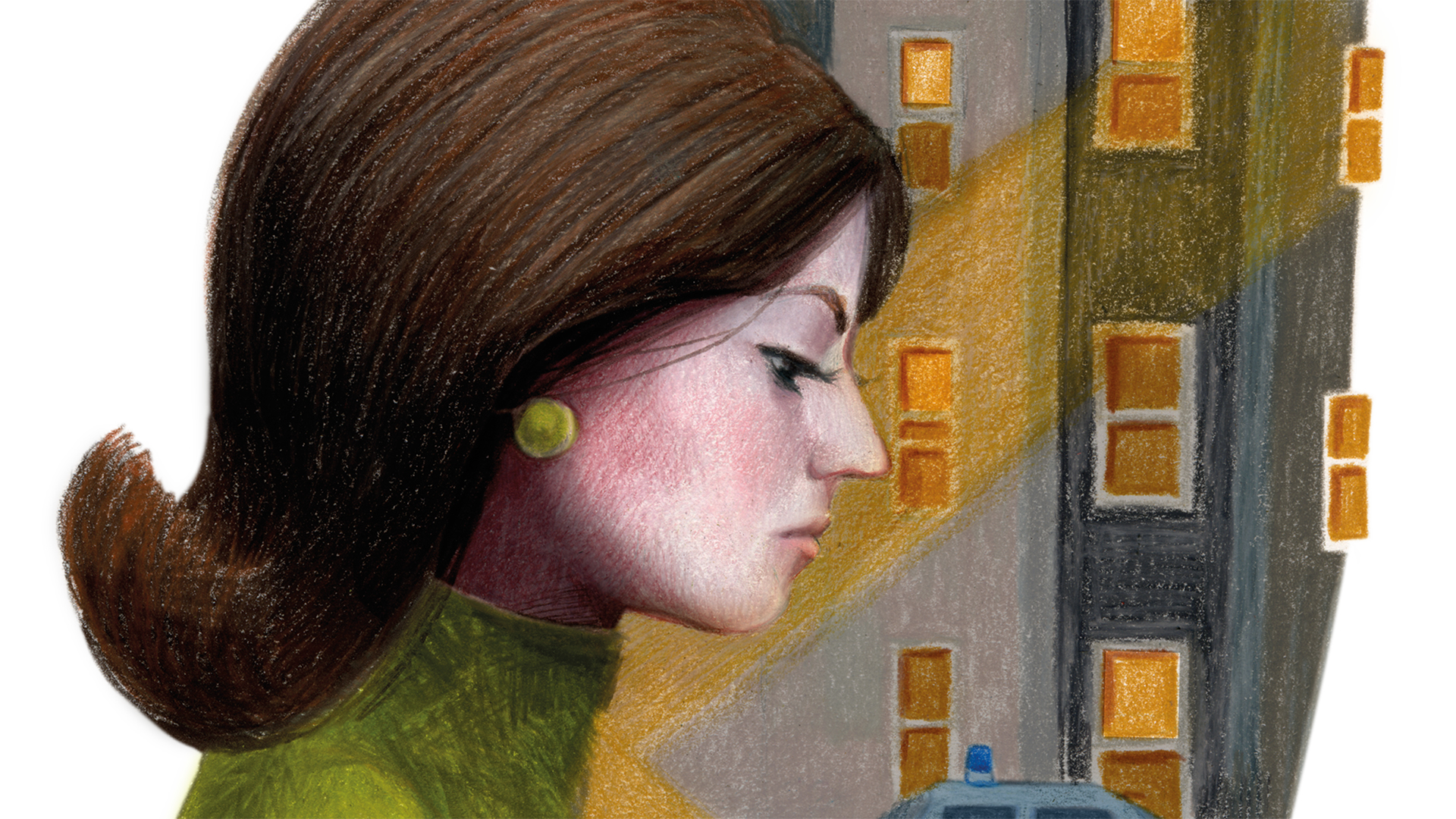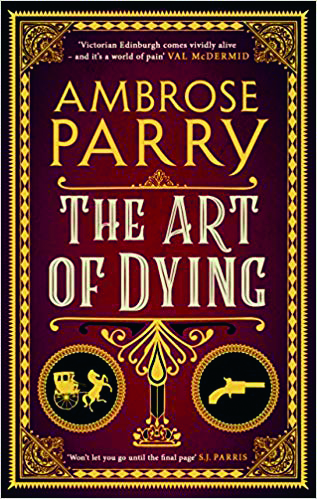Historical crime fiction is having a resurgence at the moment, and this week we have two novels that amply demonstrate all the strengths that combination of genres can bring to the reading experience.
First up is the wonderful and expansive Lady in the Lake by Laura Lippman. I’ve long been a fan of the American author, and her last few books have really stretched the boundaries of the crime genre. This novel, set in 1960s in her hometown of Baltimore, feels like a labour of love and a love letter to the city rolled into one.

The focus of the book is Maddie Schwartz, who walks away from her safe but mundane married life at the start of the book in order to find meaning. On a search party for a missing girl, Maddie finds the body, and manages to parlay that into a starting job at the local newspaper. Meanwhile, another dead body, this time a young black woman, is found in a park fountain, and Maddie makes it her goal to find out what happened in both cases.
While Maddie is the gravitational centre of the book, Lippman gives us a kaleidoscope of other voices, a range of opinions and viewpoints across the city that coalesce into a vivid portrait of Baltimore life at the time. Lippman brings her settings to life terrifically, and she uses her scenarios to examine the racism, sexism and homophobia of the time with an acute and unflinching eye.
The result is a deeply resonant piece of fiction that is truly moving. Lippman’s prose style is deceptively simple, she is supremely skilled at writing precisely what she means, which is no easy feat, and bringing her characters and settings to life in evocative and provocative fashion.
This is Lippman’s 23rd novel, and it’s without doubt one of her best. She is in total control of her story here, making for a beautiful and moving piece of work.









